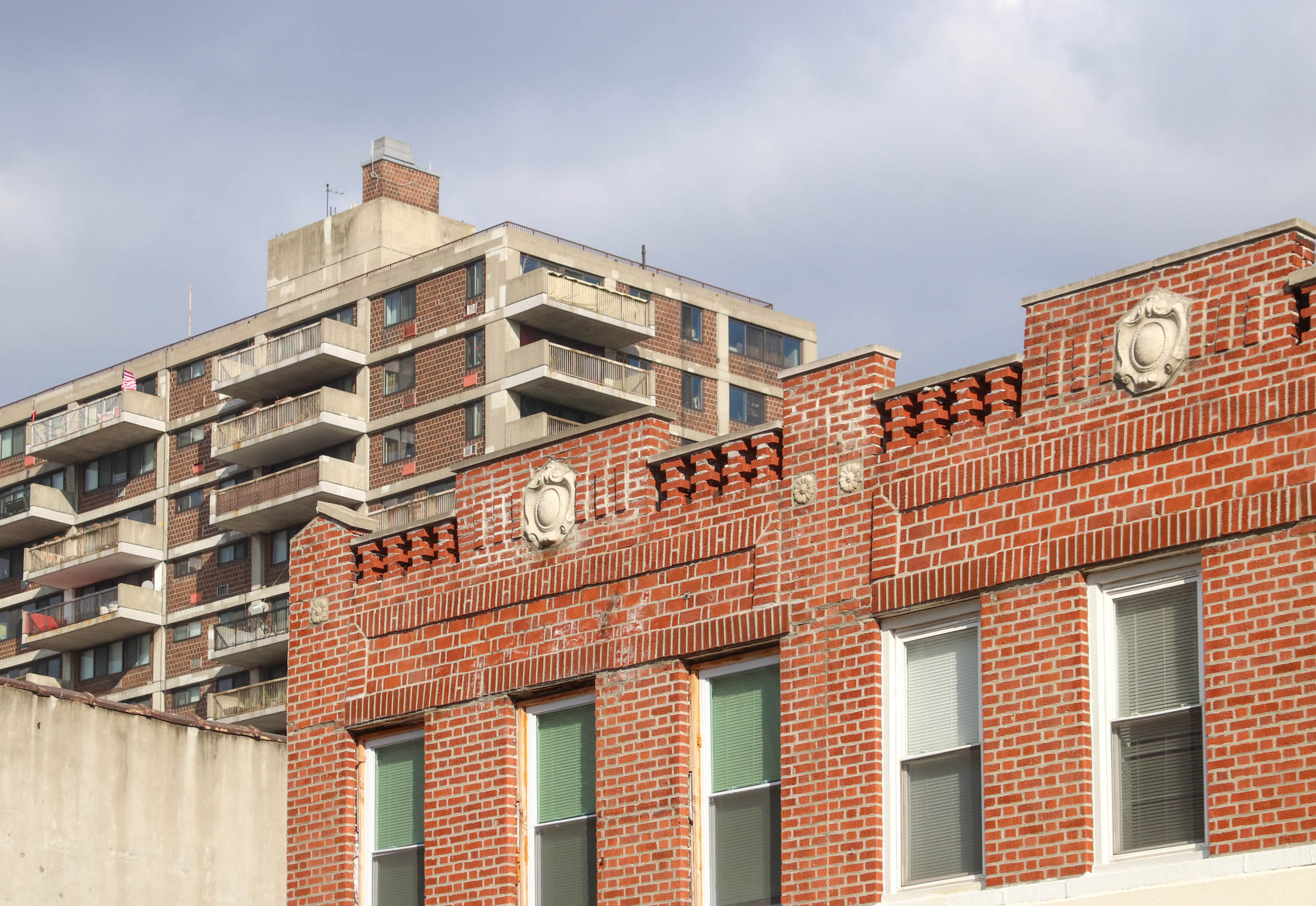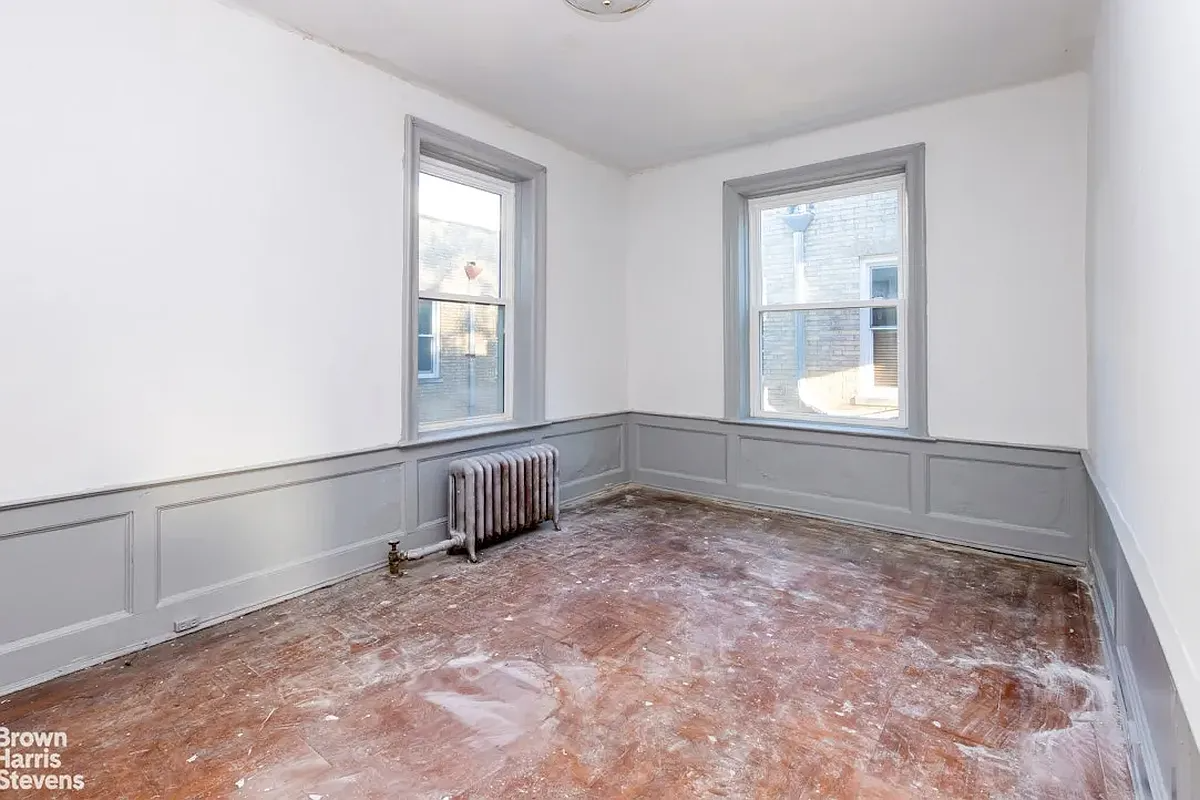New Kosciuszko Bridge Won't Come Cheap
In October, a Department of Transportation panel narrowed the list of potential designs for the new Kosciuszko Bridge down to three finalists, including what The Brooklyn Paper calls the front runner, above. In addition to a new look, the bridge of the future will have nine lanes instead of six (yay!) as well as a…


In October, a Department of Transportation panel narrowed the list of potential designs for the new Kosciuszko Bridge down to three finalists, including what The Brooklyn Paper calls the front runner, above. In addition to a new look, the bridge of the future will have nine lanes instead of six (yay!) as well as a bike and pedestrian lane; the whole thing will be set at less of an incline than the current structure because tall boats no longer go underneath. All this good stuff won’t come cheap though: We’re looking at a $1 billion price tag. Sounds like a lot of dough to us, but apparently that’s what it takes to get bridge builders out of bed these days. For a bridge that is a mile long in New York City, $1 billion is the going rate, said DOT spokesman Adam Levine. The Feds will pay 80% of the freight, leaving the state with the rest. But the state is now talking about slashing its transportation spending, so it remains to be seen of the bridge, over which 160,000 vehicles pass every day, makes the cut.
The Billion-Dollar Bridge! [Brooklyn Paper]





This seems like a good time to reevaluate whether the BQE is something we really need and want cutting through Brooklyn and Queens. Why is building this bridge such a foregone conclusion? Decommissioning the BQE would be a huge boon for the neighborhoods it travels through. Imagine the added value if we had a highline style park or even just newly contiguous neighborhoods with less air pollution!
Minard, I can’t talk about all the world-class cities, but in Western Europe, the secret to first-rate infrastructure is first-rate taxes. People squeal here about paying $4/ gallon. In the EU zone, they would pay double, and the excess tax goes to infrastructure construction and repairs.
Jakarta = world class city?
Minard, the highways in Jakarta have deteriorated quite a bit over the past ten years as well.
I doubt that when all is said and done this bridge will cost only one billion dollars. I say it will cost double that. I don’t understand why other world class cities have such nice roads and bridges and here our roads are constantly in a state of closure,semi-closure and disrepair. I can only assume it is deeply entrenched corruption at all levels of the construction and permiting process.
Benson, I think my Minnesota example is pretty relevant because the awarding of the contract was under intense scrutiny ( always a good thing in my book) and it was an urban environment. Building large infrastructure in a dense environment will always be slower and more expensive.
I followed IMBY’s link and it’s a gorgeous bridge. I am not saying we shouldn’t challenge budgets and scrutinize public work, because it’s clear there is a lot of room for graft. Let’s look at all the leaks, not just the concrete mob tax or the union rules or the politicians’ handouts.
What’s the shortlist of firms?
***Bid half off peak comps***
CMU – not unless the also increase the number of lanes of the BQE either side, which isn’t happening.
benson – stepping out of character for a minute and into my real world persona: having worked on infrastructure projects across the US, I can tell you that the major cost drivers we face in NYC are time and logistics. Due to the density of our city and the age and lack of redundancy of our existing infrastructure, things just take a lot longer here, and that adds up to $$. Labor costs are maybe 10-15% higher for union labor in the city.